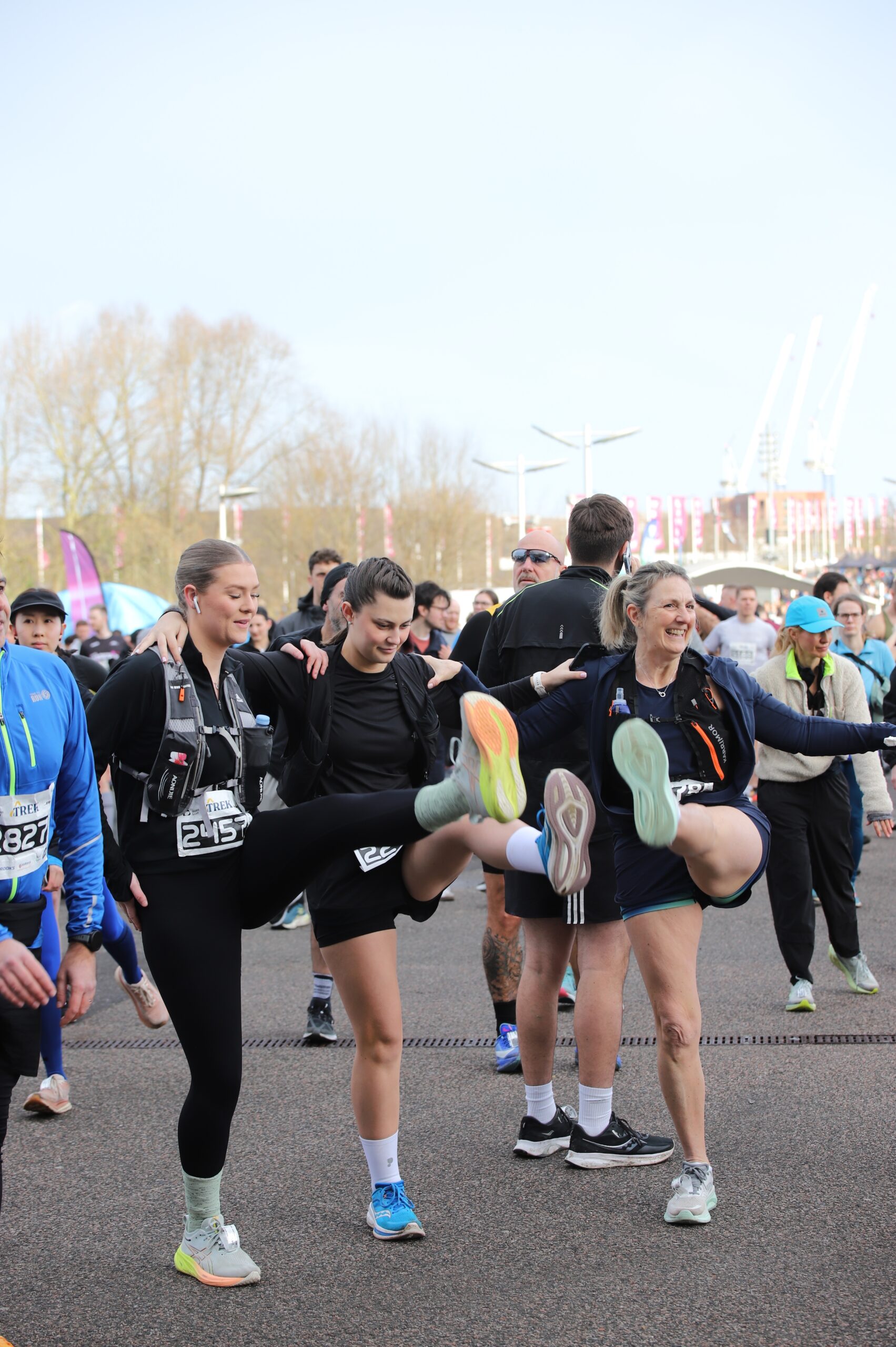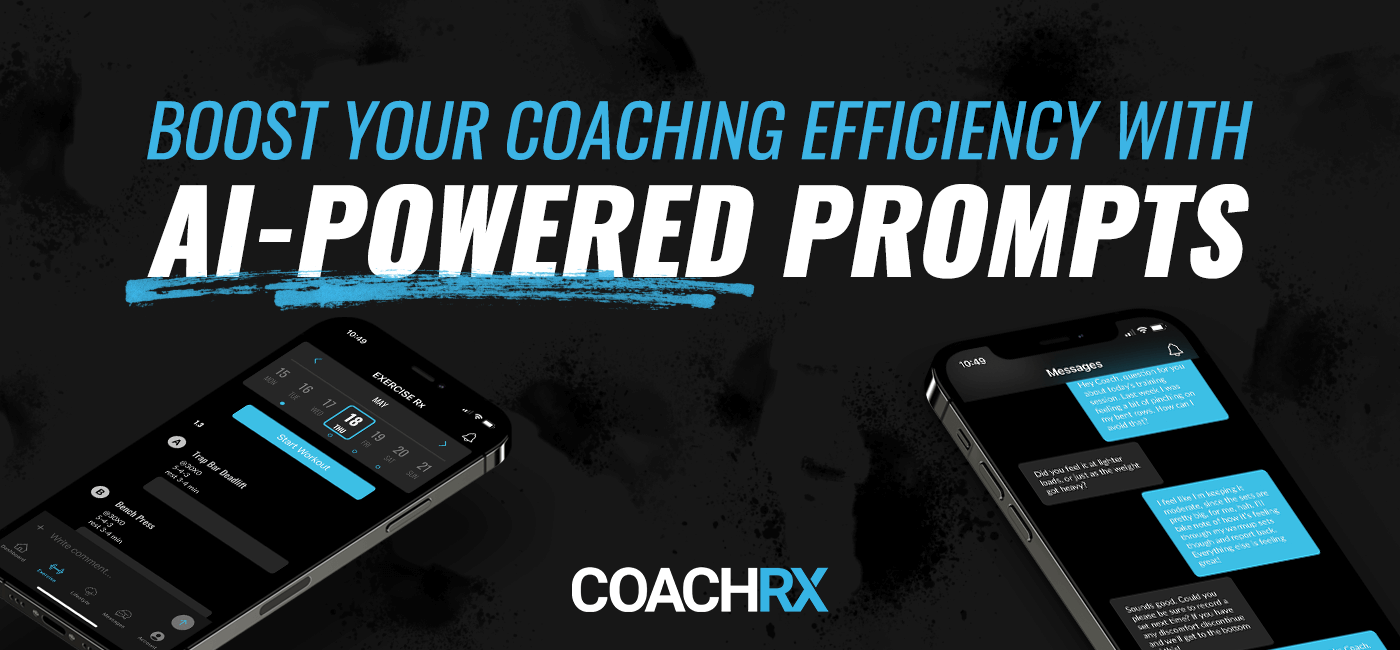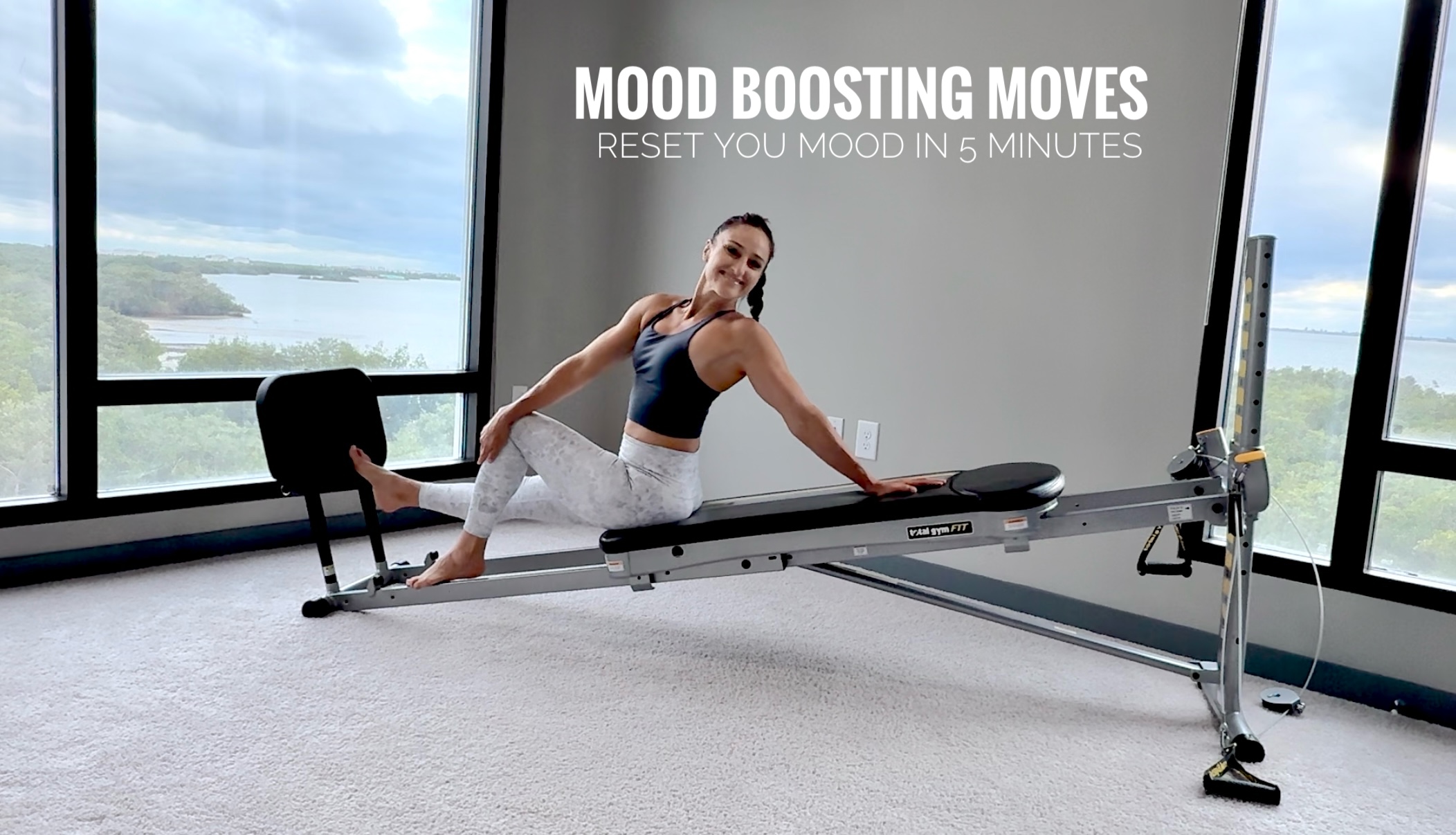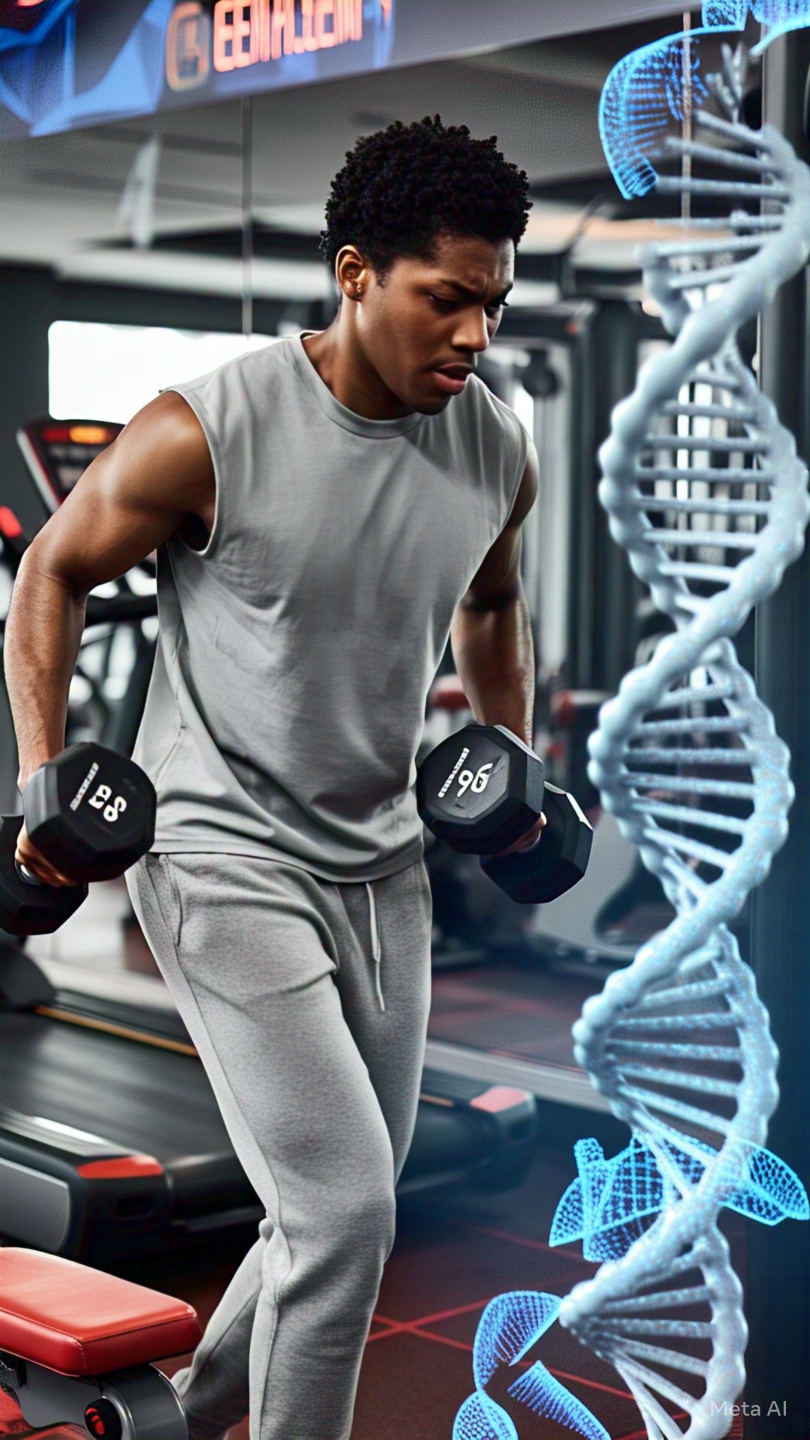This page may contain affiliate links – they are marked with a *. Making a purchase via my affiliate means I receive a small share of the sale.
Incase you’ve missed the news, I’m signed up to run London Marathon and I’m doing everything in my power to get to the start line strong and injury free. This includes actually doing all the drills that make up a good dynamic warm up for runners.

If you’re anything like me, preparing for your next run often involves a quick slow jog or a few static stretches, but these methods may not be the best way to truly engage your entire body and avoid common issues like runner’s knee or shin splints.
Recent research shows that dynamic exercises—which involve constant movement—increase blood flow, improve hip mobility, and reduce your risk of injury.
I recently volunteered to lead the pre-run warm up at the RunThrough London Half Marathon and 10km event in the Olympic Park, and I delivered an extended version of what I now call the kisE Signature Warm Up Routine.



Below, we’ll explore why dynamic stretching outperforms static stretching for a better run, and then walk through the kisE Signature Warm Up Routine made up of a comprehensive series of movements to optimise your running performance.
Benefits of Dynamic Stretches
Dynamic warm-ups prepare you for a high-impact sport like running by raising your heart rate, mobilising connective tissues, and activating the muscle groups you’ll rely on most.
Because they involve active stretching, you won’t be stuck in a static position for an extended period of time—instead, you’ll use simple movements and controlled momentum to boost blood flow.
By contrast, static stretching is more effective after your run or during dedicated flexibility sessions. Holding static stretches with cold muscles could limit muscle activation and even increase injury risk.
That’s why dynamic movements—especially those focusing on hip flexors, lower back, and core strength—are a great way to promote fluid motion and maintain proper form from start to finish.
A Dynamic Warm Up for Runners
These warm-up exercises can be done in less than 10 minutes before a long run, a half marathon, or easy runs alike. They’re a good idea for anyone seeking better performance and fewer aches.
The kisE Signature Warm-Up Routine

- Leg Swings (Forward/Backward & Cross-Body)
- Hamstring Reaches
- Open the Gates / Close the Gates
- Straight Leg Kicks
- Good Mornings or Single-Leg RDL
- Thoracic Rotations
- Lunge with Side Bend or Twist
- Sumo Squat Hold with Internal Hip Rotations
- High Knee Marches or A-Skips
- Squats or Single-Leg Squats
- Ski Jumps (Lateral Bounds)
- Butt Kicks or Dynamic Quad Stretches
- Pogo Jumps (Single and Double-Leg)
- Pelvis Circles
Leg Swings (Forward/Backward & Cross-Body)
Stand with your feet shoulder-width apart. Swing one leg forward and backward 10 to 15 times, then switch. Repeat by swinging each leg across the front of your body. This constant movement helps increase blood flow, loosen hip flexors, and reduce the risk of injury to the lower back and knees.
Hamstring Reaches
Step your right foot forward with a slight bend in the knee, hinging at the hips to reach toward your toes. Return to a standing position and repeat with the left leg. Aim for 8 to 10 reaches per side. This great stretch warms the hamstrings and glutes.
Open the Gates / Close the Gates

Lift your knee to hip height, then rotate it outward to “open the gate.” Reverse the motion to “close the gate.” Perform 5 to 8 rotations in each direction before switching legs. This simple movement is a great way to boost hip mobility and engage your core, setting you up for a better run.
Straight Leg Kicks
Walk forward, kicking one leg straight in front of you, aiming for the opposite hand. Keep your shoulders relaxed and your posture upright. Perform 10 to 12 kicks per side. This type of stretching dynamically opens up the hamstrings and prepares your entire body for the high-impact sport of running.
Good Mornings or Single-Leg RDL

For Good Mornings, stand with a wide stance, hinge at the hips, then return upright. For Single-Leg RDL, balance on your right foot as you hinge forward, extending your left leg behind you.
Aim for 10 – 12 Good Mornings or 5-6 RDL’s on each side. These exercises strengthen your posterior chain—glutes, hamstrings, and lower back—which is crucial for injury prevention and running form.
Thoracic Rotations

Start in a standing position with feet hip width apart. Have a slight bend in your knees and hinge forward (to 45degs) from your hips. Cross your arms across each other and place your hands on opposite shoulders.
Twist your upper body to one side, trying to look towards the sky; keep a neutral spine and make sure your head and shoulders follow the direction of the movement.
Perform 8 to 10 rotations before switching sides. This promotes fluid motion through the spine, improving core strength and running performance.
Lunge with Side Bend or Twist
Step your front leg forward into a lunge, keeping your back leg extended. Gently bend your torso toward the lunging leg. Repeat 6 to 8 times per side. Then repeat with a twist over the front leg.
This dynamic movement opens the hip flexors and engages the core, aiding injury prevention by improving balance and connective tissue strength.
Sumo Squat Hold with Internal Hip Rotations

Take a wide stance, squat down, and hold. Gently rotate one knee inward at a time, alternating knees, for 10 rotations per side. This squat variation strengthens the adductors and improves hip mobility, helping you maintain proper form and reducing injury risk during long runs or intense workouts.
High Knee Marches or A-Skips

Drive your knees up to waist level while marching in place. For an added challenge, hop off the right foot or left foot for A-skips. Continue for 20 to 30 seconds. These moves elevate heart rate, increase blood flow, and activate hip flexors for a more powerful stride.
Squats or Single-Leg Squats
Lower into a squat with your hips back, then push through your heels to stand. For Single-Leg Squats, balance on one leg and move slowly, focusing on control.
Aim for 10-12 double leg squats or 5-6 single leg squats on each leg. These variations build strength in the quads and glutes, reducing injury risk by supporting good posture and core strength.
Ski Jumps (Lateral Bounds)
Hop laterally from one foot to the other, landing softly. Perform 10 to 12 hops each way. This plyometric exercise targets your stabilizer muscles and connective tissues for injury prevention. It’s a good example of preparing for sudden changes in direction while running.
Butt Kicks or Dynamic Quad Stretches
Jog in place, bringing heels to your glutes for butt kicks. Or, briefly pull one foot behind you before switching sides for a dynamic quad stretch. Both variations warm up the front of your body and help prevent tight quads from altering your running form.
Pogo Jumps (Single and Double-Leg)
Stand tall and hop in place using primarily your ankles and calves. For more challenge, move to single-leg pogo jumps. Perform for about 10 to 15 seconds. This drill boosts muscle activation in the calves.
Pelvis Circles

Stand with your feet shoulder-width apart. Gently circle your hips 10 times in one direction, then reverse. These circles loosen the lower back and hips, a simple movement that tops off your pre-run stretching routine for a fluid motion and better run.
Additional Tips on Foam Rolling and Injury Management
Using a foam roller before or after your dynamic warm-up can help alleviate muscle tightness and improve blood flow, especially in areas prone to soreness or overuse like the calves and hip flexors. If you’re interested in learning more, be sure to check out our other posts on foam rolling and recovery for runners.
Whilst foam rolling and dynamic stretches are a great way to address common issues and enhance muscle activation, it’s important to seek professional guidance if you experience persistent pain.
A recognised Physiotherapist or Osteopath can provide a personalised assessment, ensure you’re practising proper form, and help address specific conditions such as achilles tendinitis. If your discomfort does not resolve with basic self-care or continues to worsen, it’s a good idea to consult a qualified healthcare provider.
I’m pretty confident I’ve collated some of the best dynamic stretches you can do as a runner, but by all means, there are always plenty more. If you’re short on time, you can create a daily routine by picking a few of the warm-up exercises from this routine to do. You’ll still benefit significantly.
if your schedule does allow consider adding in lower body workouts and resistance training to help keep you clocking those miles and hitting your goals.
Elle
P.S Safety always comes first. If you are new to exercise ensure you seek advice from your GP. Make sure you drink plenty of fluids, wear appropriate clothing and carry out drills in a suitable space. Technique is paramount, and nothing should hurt. Should you experience pain, discomfort, nausea, dizziness, chest pain, shortness of breath etc, STOP and consult your GP.







